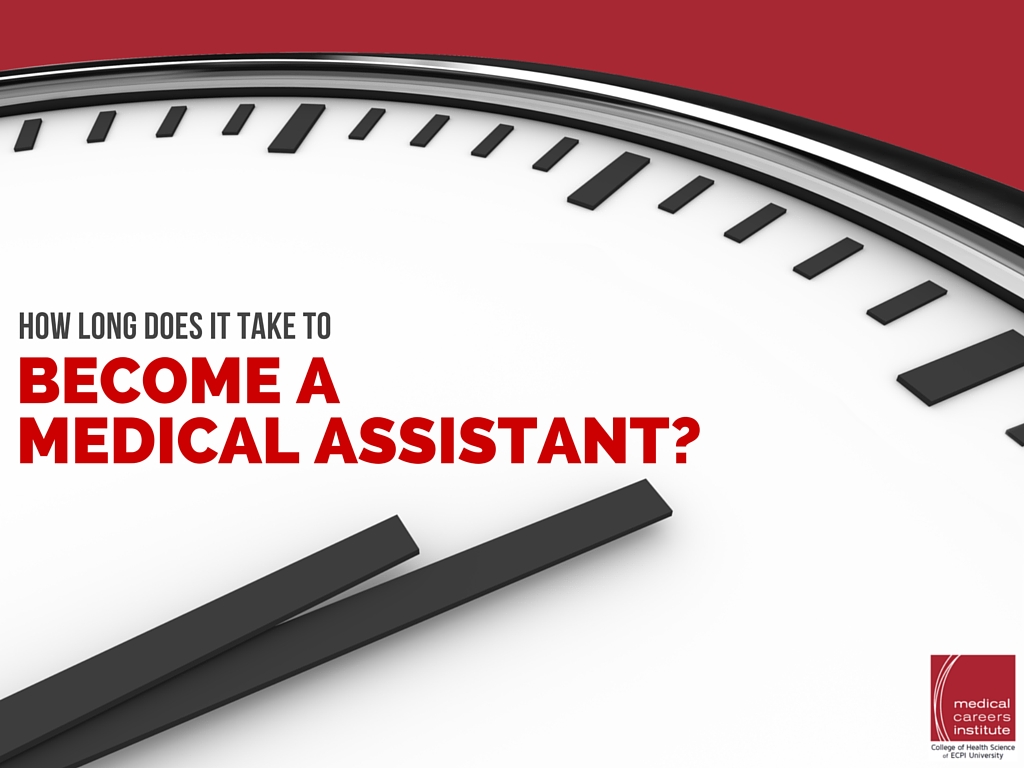 During the French Revolution, the enthusiastic (if idealistic) leaders decided the old calendar had to go. They instituted a ten-hour day of 100 minutes, each of 100 seconds.
During the French Revolution, the enthusiastic (if idealistic) leaders decided the old calendar had to go. They instituted a ten-hour day of 100 minutes, each of 100 seconds.
But wait, it gets weirder. They created a ten-day week and a three-week month.
They lived in this bizarre time-shift for 12 confusing years, 2 maddening months and 20 bewildering days. Had you attempted, in 1792 France, to gain a medical assisting degree, you would have had almost no hope of calculating how long you would be studying. Fortunately under our Gregorian calendar, you can know exactly how long it could take to become a medical assistant: seventeen months, maybe less. But, as usual, there is more to this story.
Does Medical Assisting Take Years of Training?
Your path to becoming a medical assistant really begins earlier, in high school. Or later, after you have tried and not enjoyed other professions. Life experience may guide you toward pursuing an education and career as a medical assistant. You may need several challenging years at other jobs in order to decide that medical assisting is a great prospect for you.
Say you are in high school and dream of entering the medical profession. You enjoy working with people and are known as a positive person, but you struggle with some academics like mathematics and science. Or perhaps you worry about finding funds for medical school. Rather than see the end of a dream of becoming a doctor or nurse, you could see the chance to work around medical professionals without committing seven or more years of your life to training. An associate’s degree as a medical assistant still gets you:
- Into doctors’ offices
- Working around caring, professional people
- Strong earnings in return for a small investment
- Recognition in a growing field
You gain all this in as little as 17 months of higher education.
Say you are more experienced. A seasoned worker returning to school or someone searching for an entirely new career path—either person can gain the practical skills and medical knowledge to work in healthcare in just over a year of affordable, full-time study.
What to Expect On the Job
Some people may wrongly believe you can become a medical assistant just by volunteering to “help out” around a doctor’s offices. That may have worked in the era of black and white television, but today’s professional medical centers depend on capable, trained workers with certifications and degrees. Education is vital, from learning office skills to understanding medical terminology.
You have to learn several vital aspects of medical assisting:
- Medical ethics
- Principles of pharmacology
- Human anatomy
- Cardiology—You are thinking of magical assistant if you thought this meant, ‘Pick a card, any card’
- Life Support
You simply cannot get the adequate training needed to be a valuable, respected member of a medical staff through on-the-job training or by volunteering. You need a proper education.
Will There Be an Externship?
Part of the 17-month process to earn a degree leading to a possible career as a medical assistant should include time in the offices of medical professionals. These externships give you a sense of the daily expectations and demands of this job, introduce you to patients and other professionals, and offer great experience working with doctors and nurses.
Attempts to circumvent these externships are generally unsuccessful. Failed efforts have included the Ninja Medical Assistant, who slips in unseen, answering telephones and interviewing patients under cloak of darkness; and Speci-Man, a caped crusader who collects specimens from patients and sends them out to labs for testing. You are better off getting an externship through an accredited school.
How Much Does a Medical Assistant Make?
The possible career path for a medical assistant puts you on track to earn median income of $29,960 annually, according to the Bureau of Labor Statistics’ (BLS) May, 2014 findings. Once you are busy working in a doctor’s office, you can add to your professional prowess by pursuing additional education. The BLS also notes that certain geographic areas have higher annual mean wages, coupled with high employment rates for the profession:
- District of Columbia—$39,860
- Alaska—$39,680
- Massachusetts—37,640
The Boston-Cambridge-Quincy area of Massachusetts has a very high concentration of medical assistants, at 5.2 per thousand jobs, and an annual average wage of $39,570, according to the BLS. But, for the highest annual average wage for medical assistants in the country, California beckons: the San Jose-Sunnyvale-Santa Clara area of the Golden State tops the charts at $43,180.
RT http://t.co/8QPMBOz57G 5 Reasons a #MedicalAssisting Degree is a Great Way to Enter the #Healthcare Field - http://t.co/6U2tC80XCZ #…
— Emily Gilbert (@EmilyGi52769653) September 19, 2015
Begin Your Path to Becoming a Medical Assistant
To start on the road to a great possible career path as a medical assistant, begin by contacting ECPI University to learn more about the Associate of Applied Science in Health Science with a concentration in Medical Assisting. In as little as 17 months of full time schooling, you can earn your medical assisting degree and join the 584,970 medical assistants already providing vital services in communities across America. It could be the Best Decision You Ever Make!
DISCLAIMER – ECPI University makes no claim, warranty or guarantee as to actual employability or earning potential to current, past or future students or graduates of any educational program we offer. The ECPI University website is published for informational purposes only. Every effort is made to ensure the accuracy of information contained on the ECPI.edu domain; however, no warranty of accuracy is made. No contractual rights, either expressed or implied, are created by its content.
Gainful Employment Information
For more information about ECPI University or any of our programs click here: http://www.ecpi.edu/ or http://ow.ly/Ca1ya.


